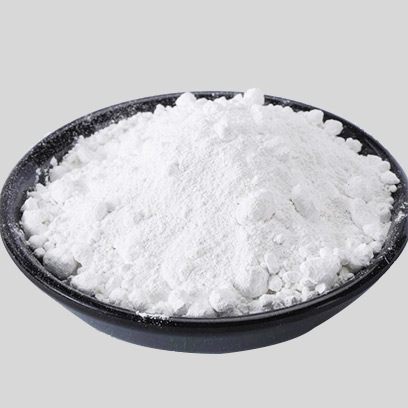
10 月 . 21, 2024 13:07 Back to list
lithopone formula
Lithopone is a well-known pigment that has been widely used in various applications, especially in the paint and coatings industry. Its formulation and composition are crucial for understanding its properties and performance. The chemical formula of lithopone is typically represented as ZnS·BaSO4, combining zinc sulfide (ZnS) and barium sulfate (BaSO4). This unique combination contributes to lithopone's distinctive characteristics, making it an ideal choice for numerous industrial applications.
Lithopone was first developed in the late 19th century as an alternative to lead white and other pigments that posed health hazards. The name lithopone derives from the Greek word lithos, meaning stone, and the French word pon, which means to paint. As a pigment, lithopone offers a brilliant white color and excellent opacity, allowing it to effectively cover surfaces. These attributes make it particularly popular in the manufacturing of paints, coatings, plastics, and paper.
.
The production of lithopone involves a process of precipitation, wherein the two components, zinc sulfide and barium sulfate, are combined in controlled conditions. This process ensures that the pigment maintains its desirable properties, including durability, brightness, and stability under various environmental conditions. Upon completion, lithopone is usually available in several grades, which differ based on particle size and purity, allowing manufacturers to select the appropriate type for specific applications.
lithopone formula

In addition to its use in paints and coatings, lithopone is frequently incorporated into plastics and rubber products. Its opacity and whiteness enhance the aesthetic appeal of these materials while also providing UV stability. As a filler, lithopone can help reduce production costs, as it is often less expensive than other white pigments, such as titanium dioxide. Furthermore, its compatibility with various resins and polymer systems makes it an attractive choice for formulators looking to improve the performance of their products.
Despite its advantages, lithopone does have some limitations. For instance, its weathering resistance and heat stability are not as high as those of titanium dioxide, which can restrict its use in certain demanding applications. However, ongoing research and innovations in pigment formulation continue to enhance the performance characteristics of lithopone, expanding its potential applications.
In conclusion, lithopone stands out as a versatile pigment with a significant historical background and many contemporary uses. Its formulation as a combination of zinc sulfide and barium sulfate culminates in exceptional properties, including non-toxicity, excellent opacity, and compatibility with various materials. As industries increasingly prioritize safety and environmental considerations, lithopone's role in the global pigment market remains promising. With ongoing advancements in technology and formulation, lithopone will likely continue to be an essential component in many products we use daily.
-
Lithopone for Plastic & TiO2 R-5568/SK-6658 Masterbatch Solutions
NewsMay.30,2025
-
China Leading Rutile TiO2 Manufacturer - R5566 & R996 Grades Available
NewsMay.30,2025
-
High-Purity Anatase & Rutile TiO2 Powder Trusted Manufacturer
NewsMay.30,2025
-
High-Purity Anatase Products Trusted Supplier & Manufacturer
NewsMay.29,2025
-
Best Price Eco-Friendly Rutile TiO2 Supplier & Wholesale Factory
NewsMay.29,2025
-
Chinese Anatase Titanium Dioxide for Ceramic Glaze Reliable Supplier
NewsMay.29,2025
